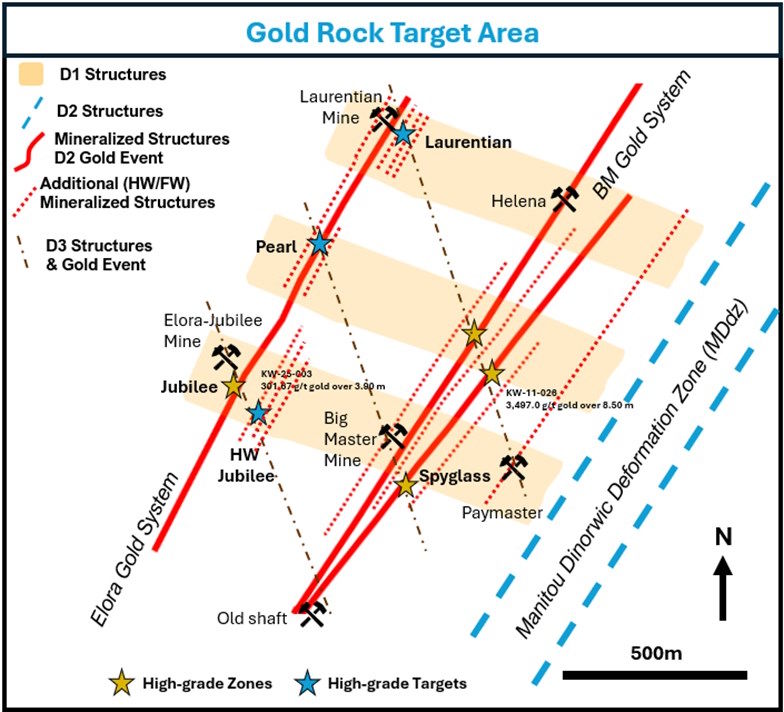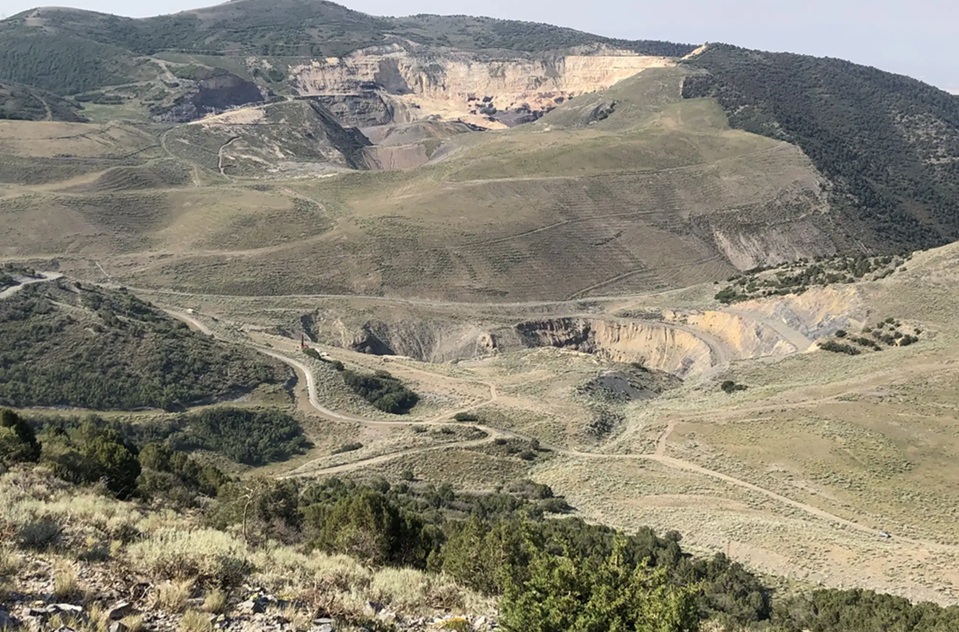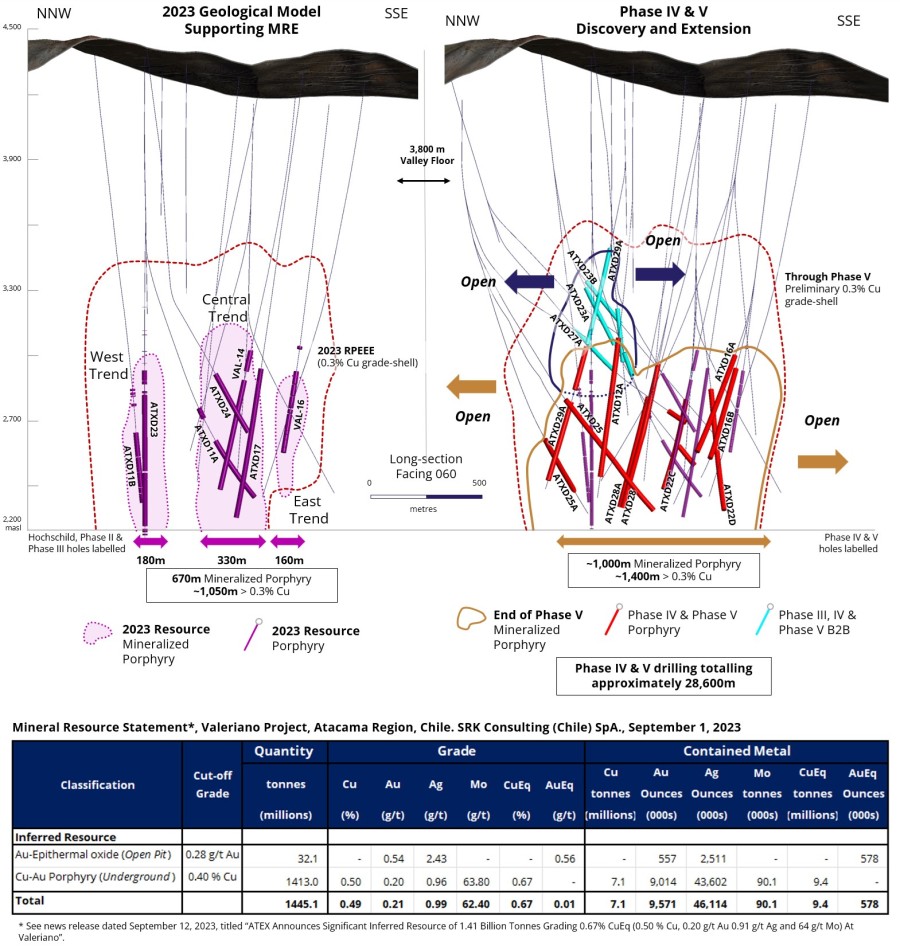Vancouver, British Columbia / TheNewswire / March 21 2017 - Centenera Mining Corporation ("Centenera" or the "Company") - (TSXV: CT, OTCQB: CTMIF), reports that it has received positive assay results from initial surface sampling at the Company's El Penon Gold Project (the "Project" or "El Penon") defining anomalous geochemistry over approximately 10km strike length and defining 4 targets for follow-up exploration. The El Penon Project is located within the Argentinian Precordillera in San Juan Province and the exploration program is based on a Nevada (Carlin-type) exploration analog. The prospective Precordillera is in a typical basin-and-range setting similar to Nevada but despite potential host rocks and a favourable structural setting, the area is underexplored for Carlin-type deposits.
Details of Results at El Penon
Results from 110 stream sediment samples and 26 rock chip samples have been received. In total, 35 of the 100 stream sediment samples (31.8%) are considered anomalous (Figure 1A). Two samples assayed with grades of 2.3 g/t (2,300ppb) gold and 2.21 g/t (2,219ppb) gold, which is exceptionally high for stream sediment samples and suggests a proximal gold source, whether at surface or below surface. In addition to the gold anomalies there are coincident multi-element gold pathfinder anomalies, which consist of silver, arsenic, antimony and thallium, all of which are gridded with gold to create signature "gold factor" anomalies (Figure 1B). These elements typically enter residual stream sediments upon oxidation and weathering of gold mineralization and related hydrothermal alteration. Given that the dirty limestone of the San Juan Formation is a potential host rock and that the structural setting is favourable, the multi-element gold pathfinder anomalies identified through the current work supports the interpretation of a potential Carlin-type exploration target. Rock sampling returned no anomalous results, supporting the interpretation that the primary source of gold mineralization may be below surface and that anomalies are coincident with the important structural features that control mineralization.
Future Work at El Penon
This initial work has highlighted anomalous surface geochemistry over approximately 10km strike length and identified 4 target areas for follow-up exploration (Figure 2). The Marble Canyon and K-Zone targets are strongest in terms of multi-element support and are likely associated with the most intense hydrothermal alteration. The Project is at a much earlier stage than the Company's flagship Huachi copper-gold project, but forms an important part of the Company's project pipeline. The Company anticipates that the next step in exploring El Penon will be to undertake detailed mapping, aiming to define drill targets. Detailed mapping will focus on understanding the structural setting and defining potential drill targets.
About El Penon
The Project was first explored in 2004, when the Project was acquired by Committee Bay Resources ("CBR") and work continued sporadically through to 2006. The exploration program was based on a Nevada (Carlin-type) exploration analog. The prospective Precordillera is in a typical basin-and-range setting similar to Nevada and is underlain by a sequence of predominantly "dirty limestone" or calcareous argillite, arenite and debris flow which are thrust over more massive, micritic limestone.
Figure 1. A. (left) Plan view of El Penon geology with stream sediment sample locations classified by gold (Au) assay results. B. (right) Plan view of El Penon with gridded Gold Factor values with stream sediment sample gold assay results superimposed.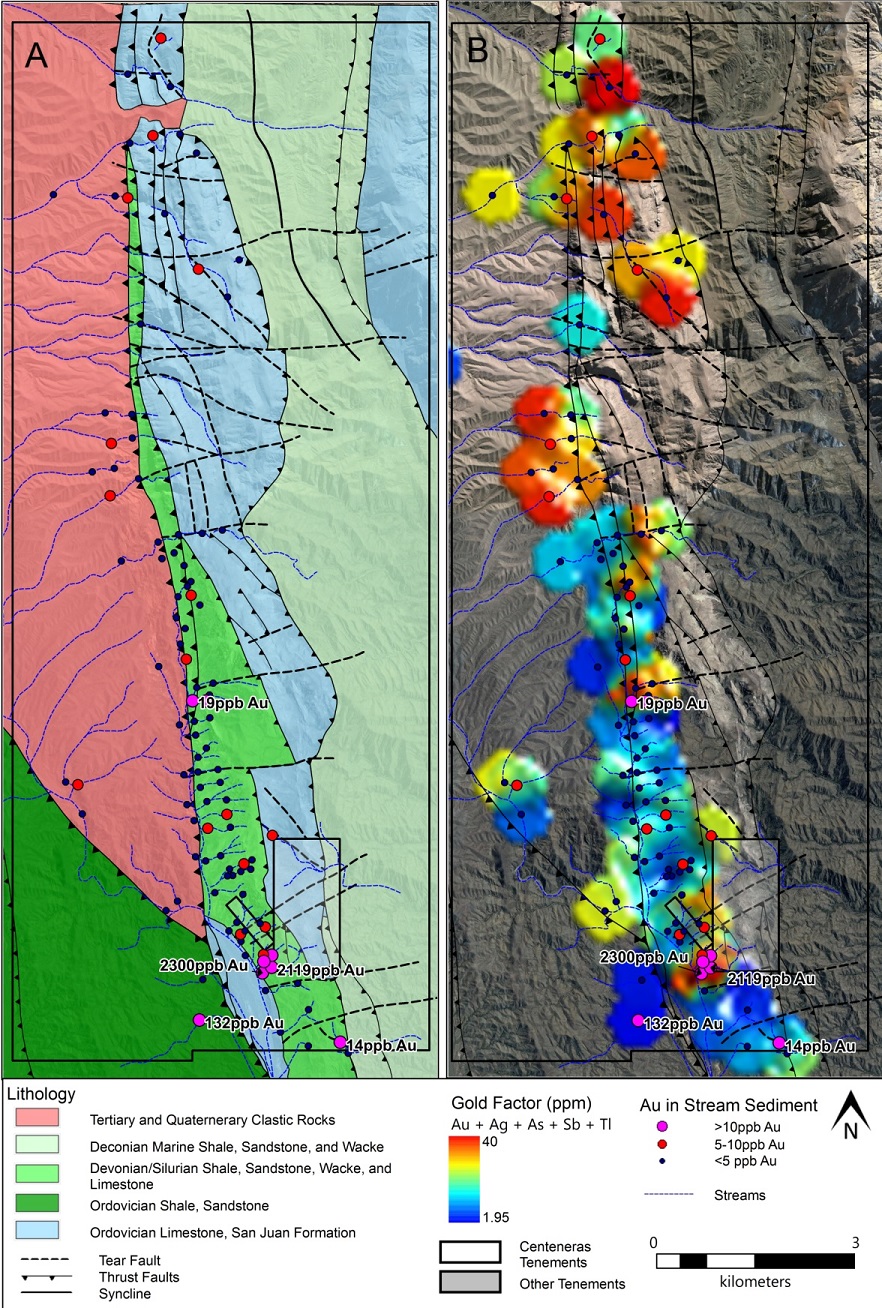
Figure 2. Target areas for follow-up exploration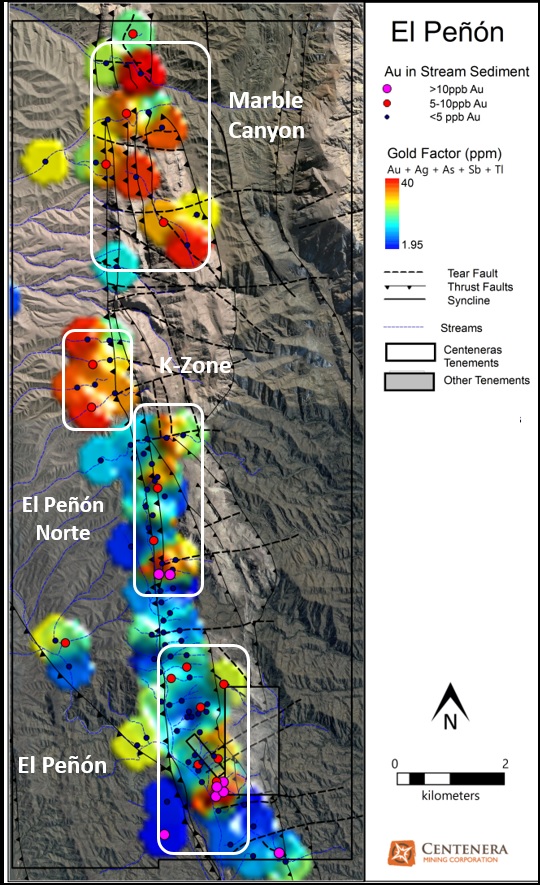
QA/QC
Stream sediment samples and rock chip samples from the surface sampling referred to herein were collected under the supervision of Company geologists in accordance with standard industry practice. Samples were dispatched via commercial transport to the SGS laboratory in Callao, Peru, an ISO 9001:2000 accredited laboratory, for analysis. Quality assurance and quality control procedures include systematic laboratory insertion of blanks, standards, and duplicates.
Qualified Person
Tyler Caswell, P.Geo., the Company's Exploration Manager and a qualified person as defined by National Instrument 43-101, has reviewed the scientific and technical information that forms the basis of this news release, and has approved the disclosure herein. Mr. Caswell is not independent of the Company, as he is an employee and holds incentive stock options.


